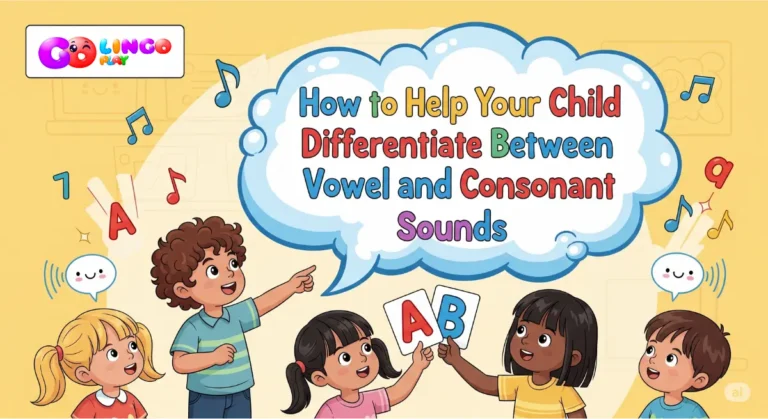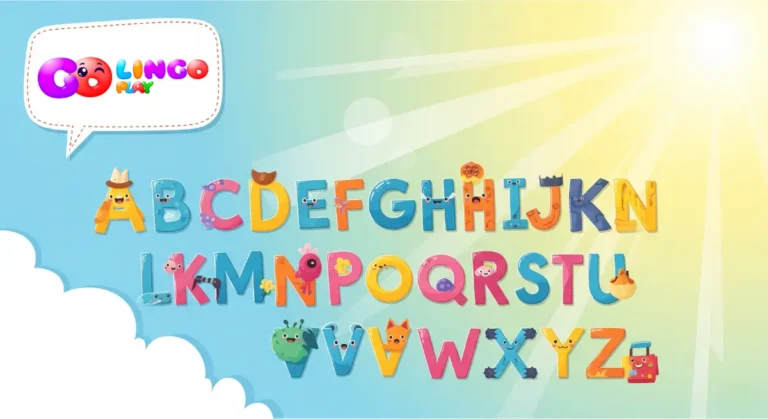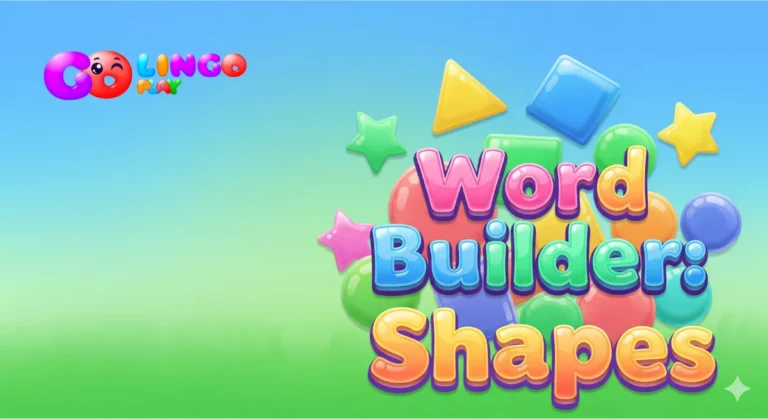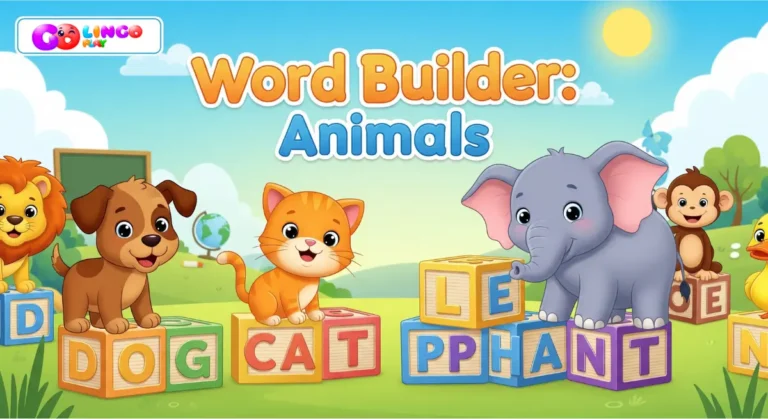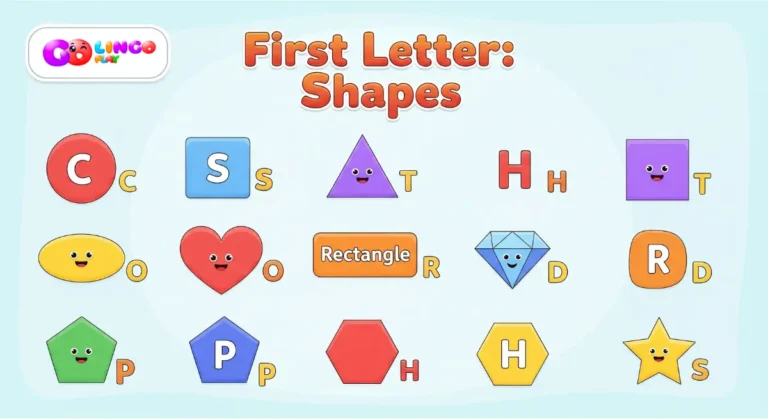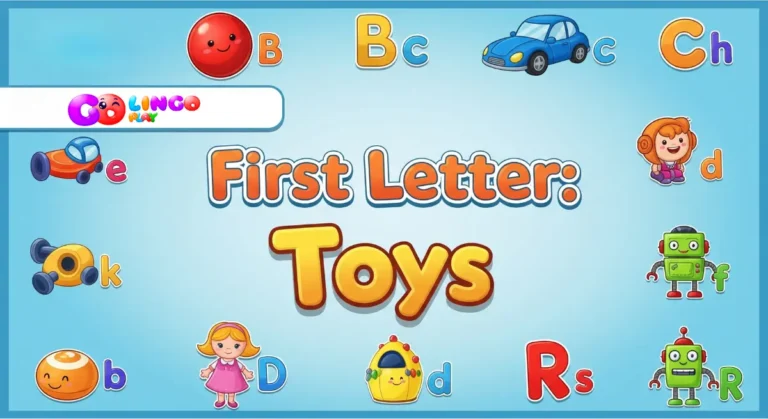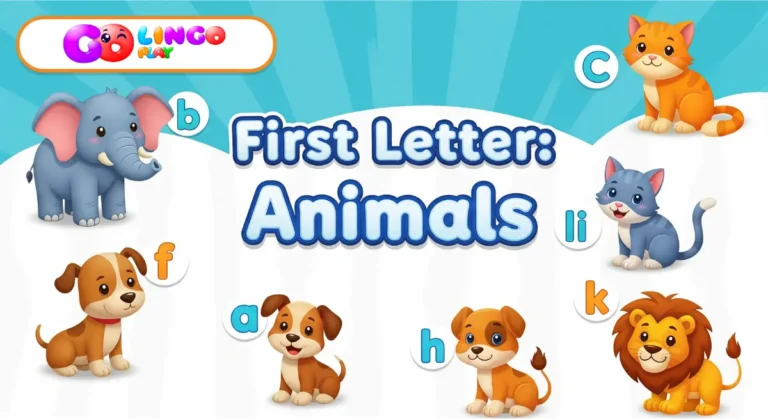Hello there! I’m Go Lingo Play golingoplay.com, a super fun English learning games website for kids! It’s fantastic to talk about English Phonics & Pronunciation, especially how to make it enjoyable right at home. One of the core goals of Go Lingo Play is to help children learn English naturally and confidently, and strong phonics skills are the absolute foundation for accurate pronunciation and fluent reading.
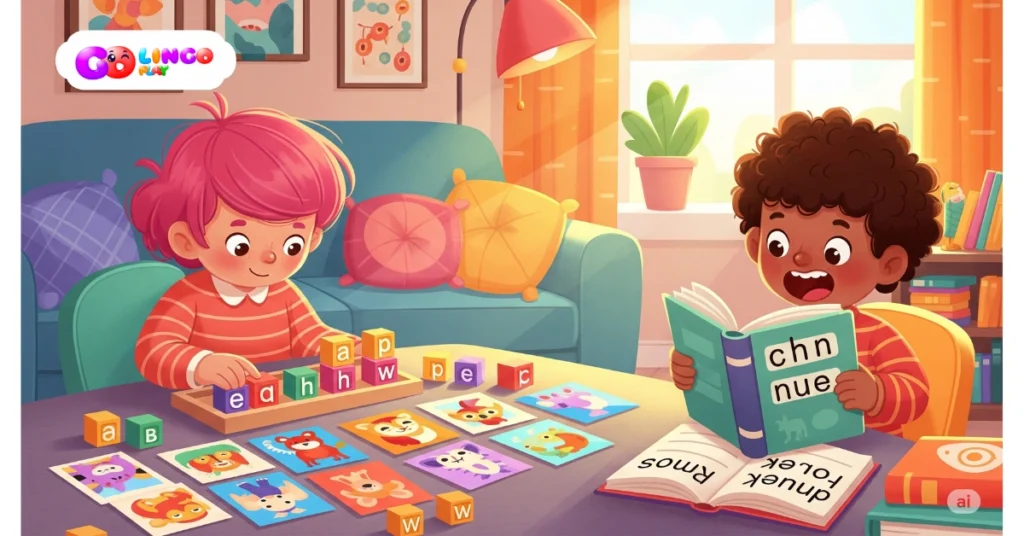
Many parents wonder how to best support their child’s phonics journey without making it feel like a chore. The secret, as we at Go Lingo Play know, is to turn learning into play! When activities are fun and engaging, children absorb information much more effectively and build a positive association with English from a young age.
Here are some “secrets” from Go Lingo Play to guide you through fun phonics activities at home:
Firstly, Start with Sound Exploration. Before linking letters to sounds, let your child explore sounds in general. Play “I Spy” with sounds – “I spy something that starts with the /b/ sound” (like “ball”). Imitate animal sounds or vehicle noises. This builds their auditory discrimination skills, which are crucial for phonics. You can find more in-depth articles on this in our English Phonics & Pronunciation blog section.
Secondly, Connect Sounds to Letters with Play. Once your child is good at hearing sounds, introduce the letters that make those sounds. Use magnetic letters, alphabet blocks, or even just writing letters in sand or shaving cream. Say the sound of the letter as they touch it. For example, “This is ‘M’, and it makes the /m/ sound, like in ‘mom’!” Go Lingo Play offers many interactive games that implicitly teach letter-sound relationships, making it feel less like a lesson and more like playtime.
Thirdly, Blend Sounds for Reading Fun. Phonics isn’t just about individual sounds; it’s about blending them to form words. Use simple CVC (Consonant-Vowel-Consonant) words like “cat,” “dog,” “sun.” Say each sound separately (/c/ – /a/ – /t/) and then blend them together. You can make this a game by having your child “race” to blend the sounds. Our games often incorporate spelling and sound blending challenges, encouraging this skill naturally.
Fourthly, Use Interactive & Multisensory Activities. Children learn through all their senses.
- Kinesthetic: Get active! Jump for each sound in a word, or clap out syllables.
- Visual: Use colorful flashcards with pictures and the word. Go Lingo Play’s Lexicon Archive is packed with visual vocabulary that also supports phonetic understanding.
- Auditory: Listen to phonics songs or stories that emphasize certain sounds.
- Tactile: Use playdough to form letters, or trace letters on sandpaper.
Lastly, Keep it Short, Sweet, and Consistent. Young children have short attention spans. Aim for 5-10 minute bursts of phonics fun multiple times a day rather than one long session. Consistency is key! Even a few minutes daily make a big difference. And always remember to praise their effort and success, no matter how small.
Go Lingo Play is committed to making English learning an absolute joy for your child. By implementing these fun phonics activities at home, combined with our engaging online games, you’ll be giving your child the best possible start to confident English pronunciation and reading!

